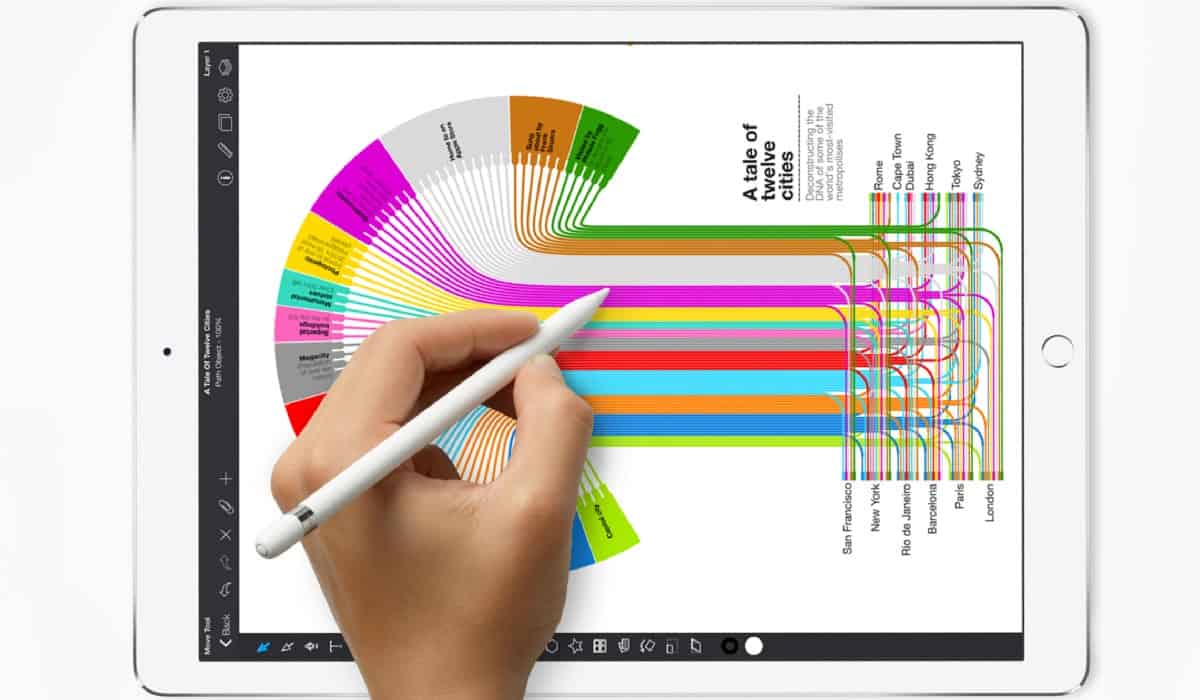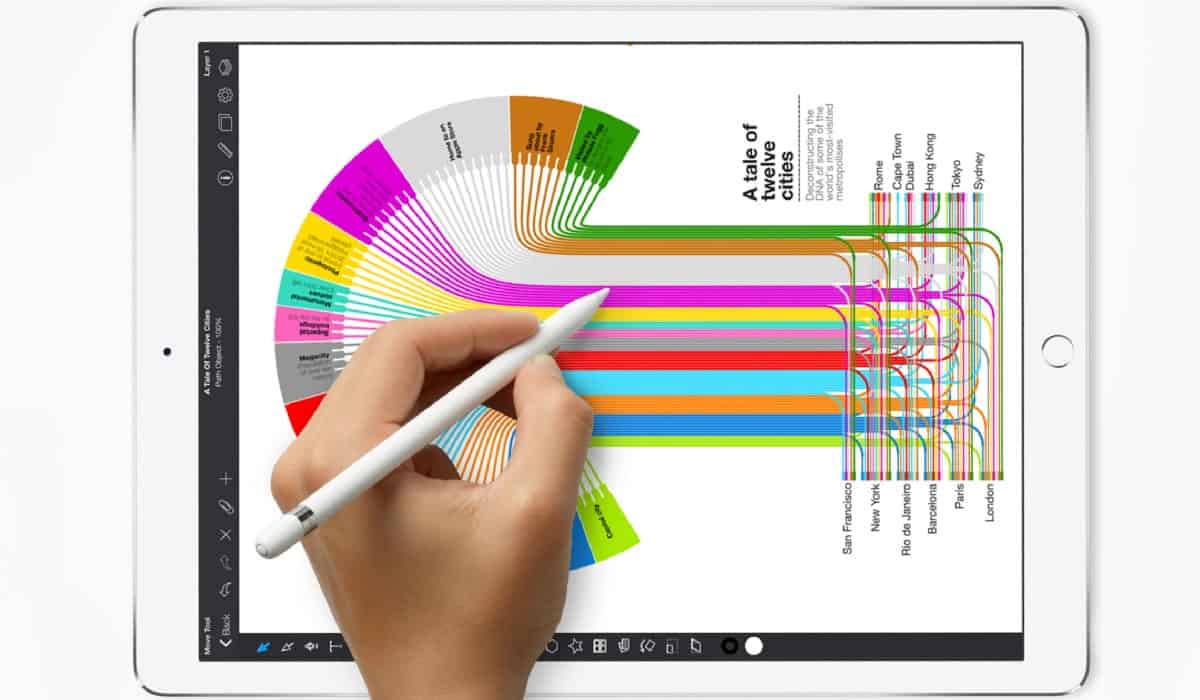Let’s talk about the difference between refresh rate and FPS (frames per second), because I have a feeling many folks are wondering. The new 10.5-inch iPad Pro boasts a 120Hz refresh rate, but what does that really mean in real-world terms? It’s clear that at least one writer covering the tech industry doesn’t quite grok the difference.

Early Reviews of the 10.5-Inch iPad Pro
More than a few folks have lauded the new 10.5-inch iPad Pro as a stunning, amazing tablet. Most early reviews were favorable, with several even projecting the device as a possible replacement for the laptop. The Loop referred to it as “the ‘Goldilocks’ of iPads,” saying it’s neither too big nor too small. TechCrunch loved the new screen size, too, saying “It’s just the right size.”
Then there was Forbes. Harold Stark, a contributor for Forbes and apparently not as technologically well-versed as Tony Stark, from the Marvel Universe, said he felt “a little underwhelmed” by the new iPad Pro. Harold’s comments were varied, but what really struck me was what he said about the tablet’s refresh rate:
But all that seems rather moot when you consider the fact that most video games and applications run just as fine on the older A10 processor, not to mention the fact that most of them have their refresh rate capped at 60 frames per second, making the upgraded refreshing power of 120Hz completely useless.
Huh, completely useless. If, and only if, FPS and refresh rate were directly correlated with each other, that would be a true statement. They’re not, though, so let’s look at the difference.
Why the 120Hz Refresh Rate Matters on the 10.5-Inch iPad Pro
First of all, understand that the ProMotion technology doesn’t lock the refresh rate at 120Hz. Rather, it allows the 10.5-inch iPad Pro to scale the refresh rate from a low of 24Hz to a high of 120Hz. If you’re reading a static page, it drops down to the floor. On the other hand, when you’re looking at fast-moving content, you get the full 120Hz refresh rate. In other words, the frames refresh 120 times per second, even when your content only moves at 60 FPS.
Here’s why that makes a difference. First of all, your graphics processing unit (GPU) projects an image to your display that isn’t always in sync. If the display only refreshed 60 times per second, you might have a delay between the GPU sending the refreshed frames and the display showing them, resulting in stuttering and an overall less smooth experience.
Since the image is actually flashed 120 times per second, the display is able to project the frames to your eyeballs up to twice per cycle. That means a smoother image, overall, especially when viewing fast action or scrolling. There’s less stutter, and the content feels like it’s flying by when you fling it.
The 120Hz refresh rate also makes a huge difference with the Apple Pencil. Even though the Apple Pencil has always sampled at 240Hz, the improved refresh rate of the display will help your line-drawing appear even smoother than it did before. Here’s why. While your older-generation iPad Pro devices can receive input from the Pencil at 240Hz, the output of the display was only 60Hz. That meant the lines took four times as long to appear on your screen as they did to be captured by the iPad Pro. The “feel” of drawing, because of this delay, wasn’t quite on par with paper and pencil.
The delay, or latency, of the Pencil is now down to 20ms, according to Apple, which is quite good, thanks to the 120Hz refresh rate. On top of that, the behind-the-scenes predictive technology of ProMotion helps the perceived latency drop as low as 8ms. You won’t find an experience any closer to that of paper and pencil than that.
The 10.5-Inch iPad Pro Isn’t Underwhelming, By Any Stretch of the Imagination
Whether you’re a gamer, engineer, digital artist, or just a “normal” user, the 120Hz refresh rate alone makes the new 10.5-inch iPad Pro nothing short of amazing. Movies and other media, even with lower FPS rates, look absolutely stunning in their detail and smoothness. In gaming, you’ll notice tremendous improvements over the experience. And you won’t have to worry about tearing when newer gaming titles take advantage of faster possible frame rates. Scrolling is as smooth as butter, and the improved responsiveness of the Apple Pencil makes the 10.5-inch iPad Pro a digital artist’s dream medium. I’m not sure how anybody could be underwhelmed by this device.

I noticed Real Racing 3 still stutters constantly on the new iPad Pro. Although it was made in 2013, I have to assume they had the 2020 iPad in mind for the graphics.